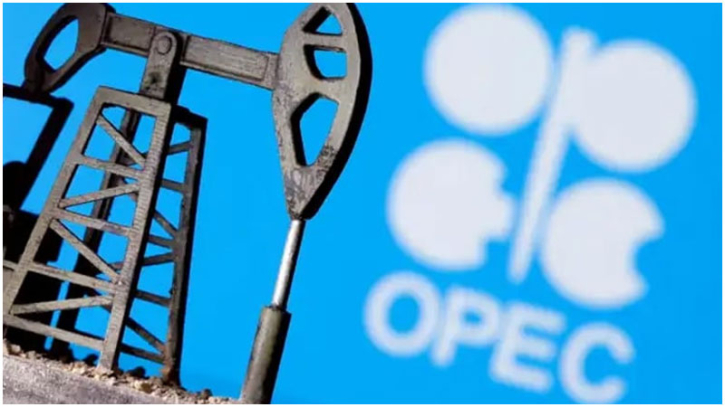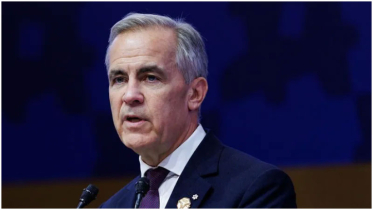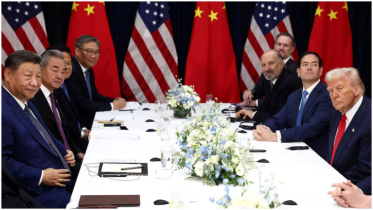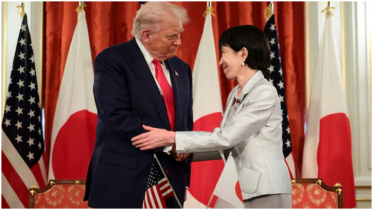OPEC+ poised to raise oil production again amid market share push

OPEC+ members appear ready to approve another increase in oil output at a virtual meeting on Sunday, as the alliance seeks to solidify its position in a competitive global market.
Saudi Arabia, Russia, and six other key producers — collectively known as the “Voluntary Eight” (V8) — are expected to agree on a modest production hike, continuing the group’s strategy of gradual output growth. Since April, the V8 — which also includes Iraq, the United Arab Emirates, Kuwait, Kazakhstan, Algeria, and Oman — has raised supply by about 2.7 million barrels per day (bpd).
Energy analyst Emily Ashford of Standard Chartered anticipates an additional 137,000 bpd increase beginning in December, mirroring the group’s move last month.
The decision underscores OPEC+’s shift from its earlier policy of deep production cuts — aimed at propping up prices — toward expanding output to capture more market share, especially against slowing U.S. shale oil growth.
“The strategy is working to a certain degree,” said Ole Hvalbye, commodities analyst at SEB Bank. He noted that U.S. shale supply has plateaued amid weaker investment, reducing competitive pressure on OPEC+.
Price stability and inventory concerns
The V8 is likely to justify another output hike by pointing to low global oil inventories. U.S. crude stocks have dropped sharply in recent weeks, helping keep Brent crude prices stable around $65 a barrel, according to the U.S. Energy Information Administration (EIA).
Hvalbye noted that rising seaborne oil volumes suggest inventories could soon rebuild, which could put downward pressure on prices. Still, OPEC+ faces a delicate balance — adding too much supply could erode prices, while holding back could signal weak demand.
“Not reintroducing barrels would cause panic among investors,” Ashford warned, suggesting that a moderate quota increase would be seen as a vote of confidence in the market’s strength.
Sanctions and supply risks
Further uncertainty looms over Russia’s production outlook following fresh U.S. sanctions on its two largest oil firms, Rosneft and Lukoil. The actual impact will depend on how aggressively Washington enforces secondary sanctions on foreign banks and traders.
“The market is underestimating what it means when you have U.S. sanctions against two large Russian companies at the core of Russian oil trade,” said Patrick Pouyanne, CEO of TotalEnergies, arguing that tighter enforcement could tighten supply and support prices.
Still, many analysts remain cautious, noting Russia’s track record of circumventing restrictions and the likelihood that the U.S. will avoid penalizing Chinese imports as it works to ease trade tensions with Beijing.
Overall, OPEC+ faces a balancing act between defending market share, maintaining price stability, and managing geopolitical risks — a challenge that will define its strategy heading into 2026.
.png)




